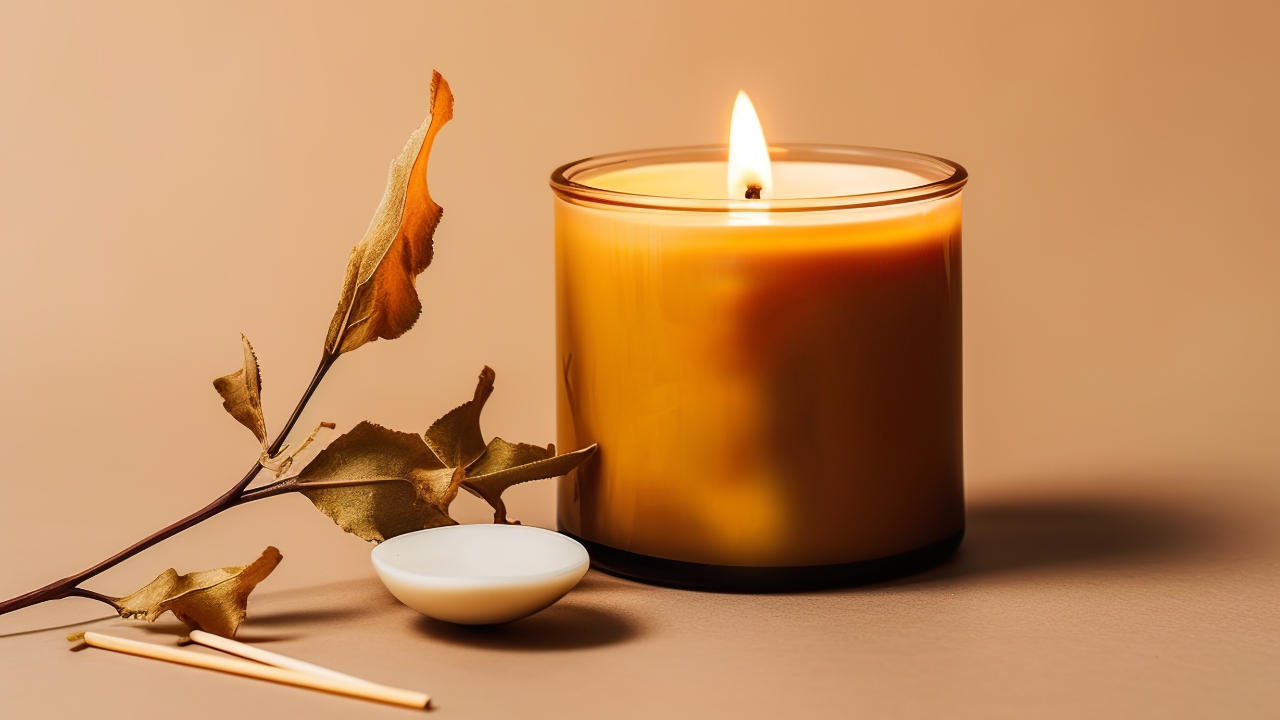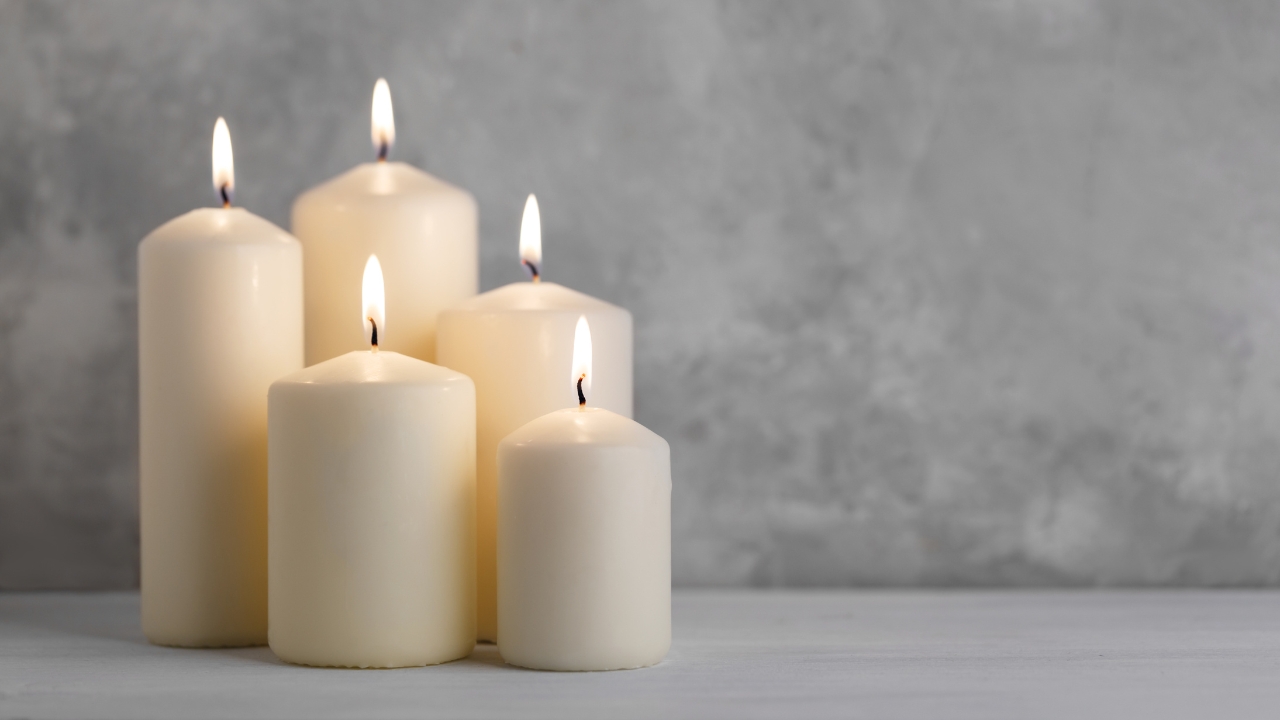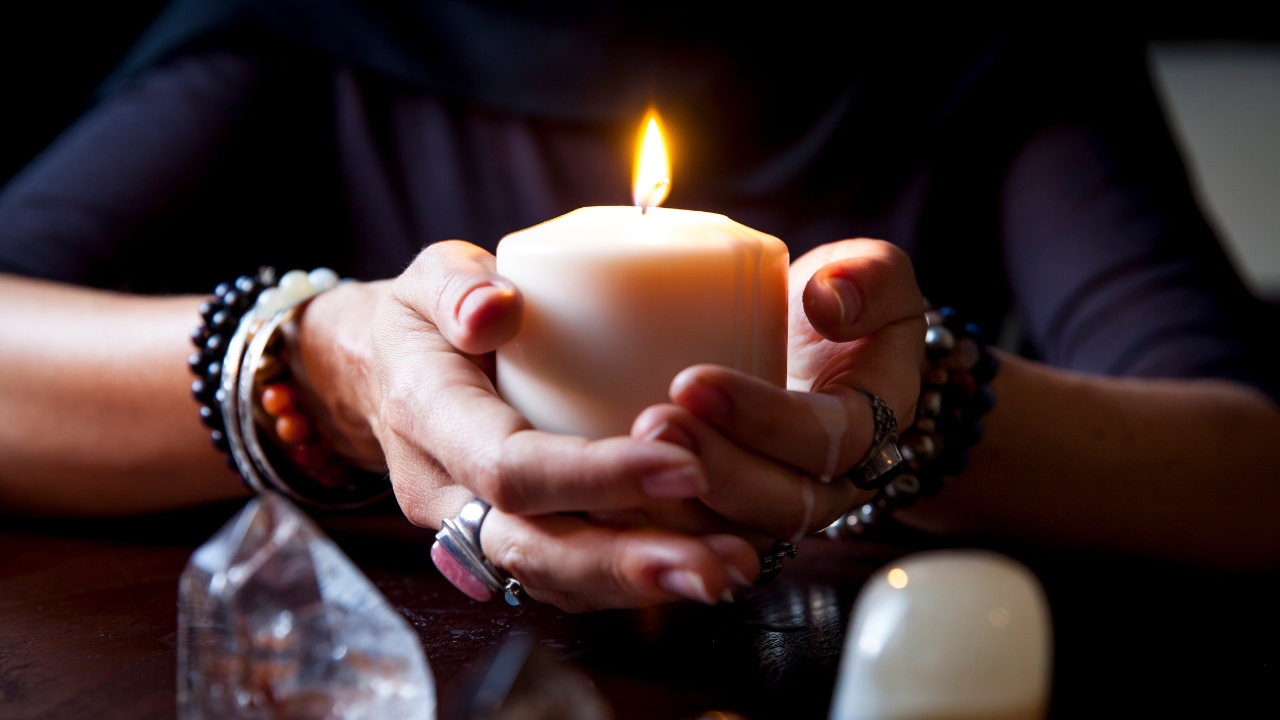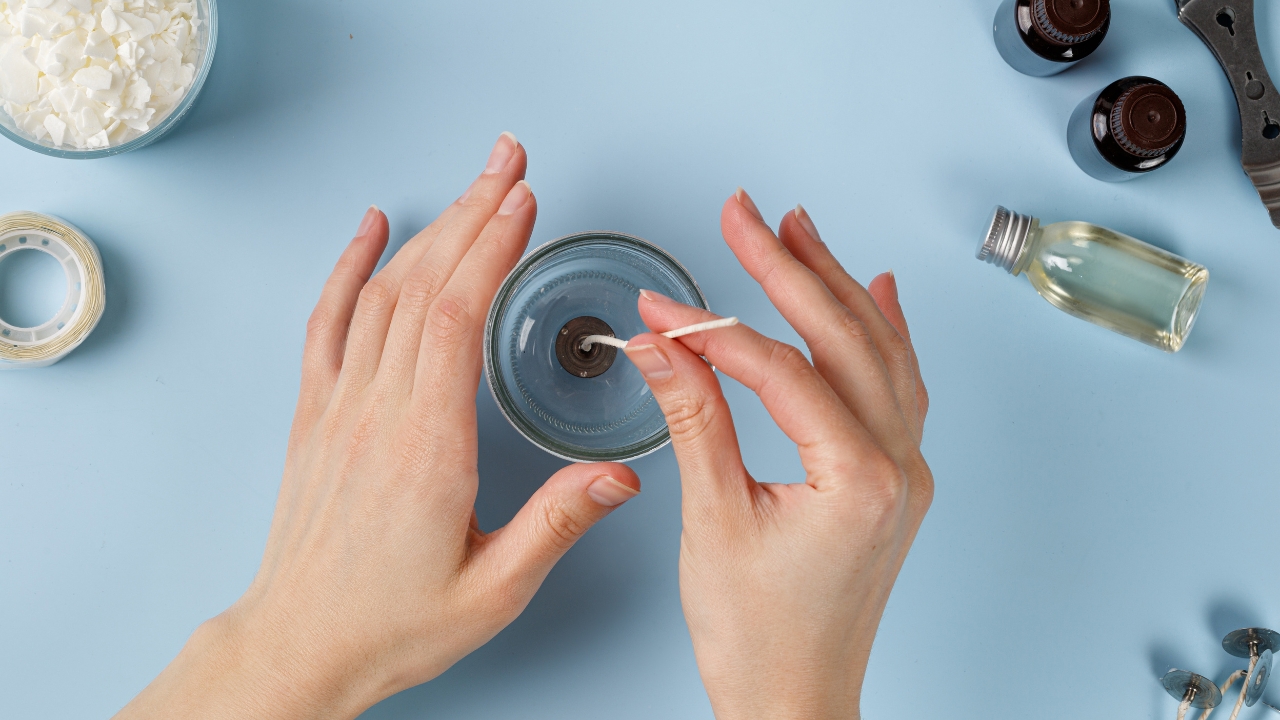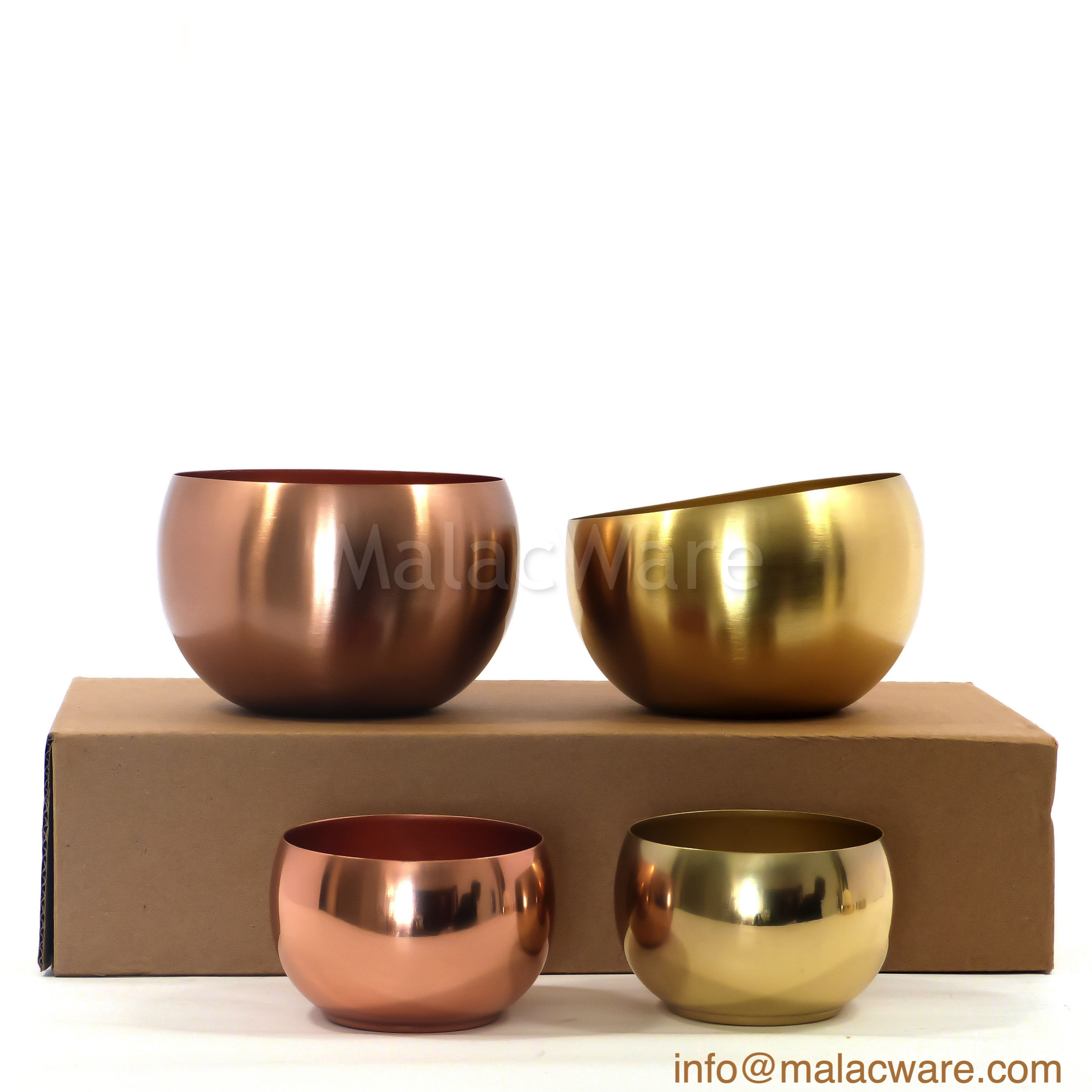Was A Bird Carcass Used As A Candle In History?
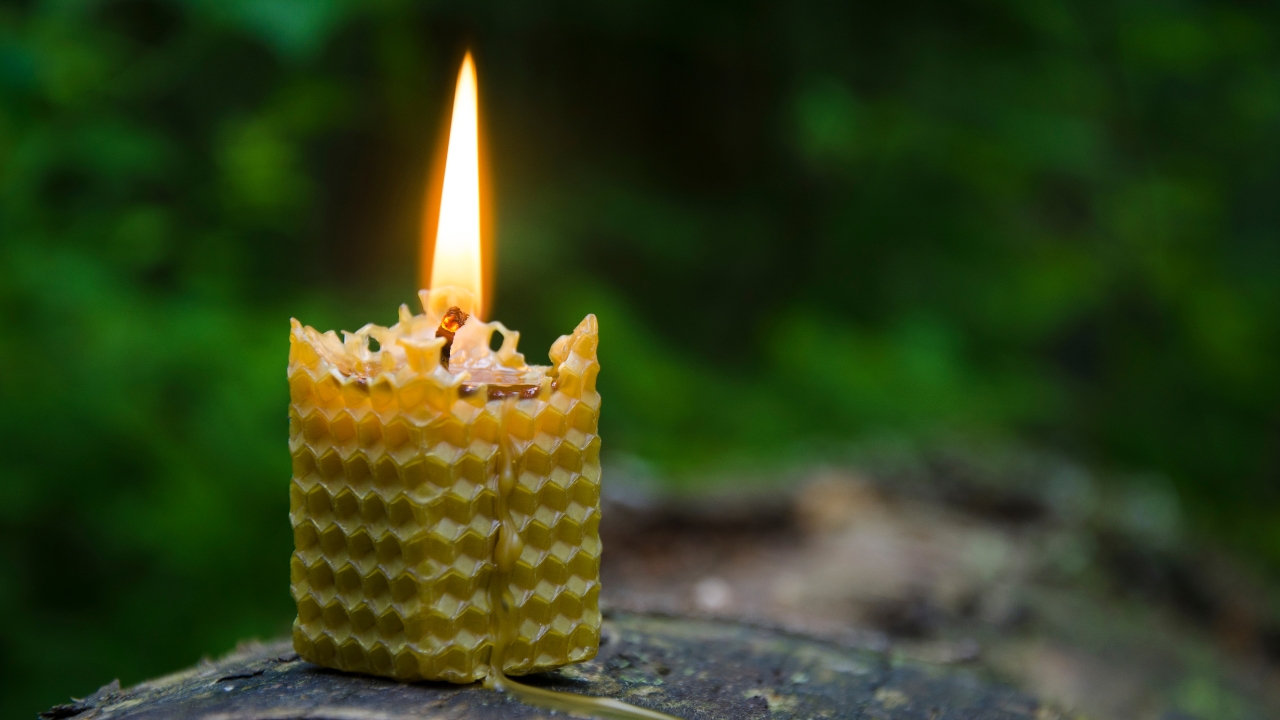
Was a bird carcass used as a candle in history? Even though candles have been used since ancient times, they were very different from modern ones. Back then, people had to rely on creative methods to light their homes, and some cultures turned to surprising sources, such as bird carcasses. While this might seem odd today, it was an easy solution then.
In certain regions, birds like the storm petrel were used as makeshift lamps as these birds have a high fat content. People used their dried carcasses to light up their homes as they would burn slowly.
This practice of using bird carcasses showcases the ability of humans to adapt to challenging conditions. If you want to learn more about this topic, please read the post below.
Was A Bird Carcass Used As A Lamp In History?
“Was a bird carcass used as a lamp in history?” If you have been wondering about this question, the answer is yes. Throughout history, people have used certain bird carcasses as makeshift candles. This practice was widespread in places like Scotland’s Orkney and Shetland Islands.
They mainly used dried carcasses of storm petrels as candles. It is a small seabird with high-fat content and natural oils. Skewering the petrel with a wick and lit served as a light source when traditional oils or candles were hard to find.
While this method worked, it likely produced an unpleasant smell because of the dried carcass used. Other birds that were used as makeshift candles were auks and penguins.
Why Were Birds Used As Candles?
Using bird carcasses as candles is already an odd thing. However, knowing the reason behind this practice might change your perspective. Back in the day, coastal communities relied heavily on sailing and fishing. They faced brutal conditions where resources were limited. Since birds like storm petrels were plentiful and naturally oily, they were a great light source.
The high oil content in these birds allowed them to burn for several hours. This served as a valuable source of illumination. Despite the grim nature of the practice, people didn’t mind using it.
Storm Petrels: The Bird Used As Candles
After reading the first few paragraphs, you know what type of bird was used as a lamp. Storm petrels were common along the coasts of Scotland and were often linked to bad weather. The mysterious thing about these birds is that they always appear during storms. Due to this reason, they were usually tied to superstition and lousy weather.
During tough times, people used the bodies of storm petrels as candles because their high oil content made them burn. This unusual practice likely contributed to spooky stories about the sea and storms.
Other birds, like auks and penguins, were also used similarly for lighting, especially in areas where regular sources of wax or fat for candles were unavailable. Although it may sound strange, historical records show that using birds for light was a clever solution to a common problem.
This story matters today because it reminds us of how people adapted to survive in complex environments. Using birds as candles shows the resourcefulness and creativity needed in those times. Even though we no longer require such methods, these stories show how far people went to make it through harsh conditions.
Ancient Origins: The Birth of Candlelight
Back then, people used flickering flames as their first light source. Ancient civilizations like Egypt and Mesopotamia were among the first to use candles. They could create light in a dark world with their resourcefulness and creativity.
Archaeologists have found pieces of clay pots from these ancient cultures that show us what early candles looked like. These simple pots were filled with oils or liquid fats and had a wick made from papyrus fibers or twisted reeds.
The primary materials used by these early societies were animal fats. They made candles from the fat of cows, sheep, or fish, which were easy to get. Some cultures also tried using vegetable oils from nuts, sesame seeds, or olives.
The wicks were carefully twisted or braided to soak up the oil or fat and allow it to burn. Even though these early candles were not as lovely as the ones we have today, they provided a new kind of light. It is not wrong to say that they marked the start of humanity’s long interest in light and fire.
These primitive candles helped people feel safe and warm in the dark. They also had a special meaning, symbolizing knowledge and hope. These early efforts with candles led to better materials and designs. In other words, it paved the way for modern candles used today.
Historical Context Of Bird Carcasses
Bird carcasses have played a role in different cultures and how they created light. Before modern lighting, people used other materials, including animal remains, to light their homes.
Birds hold special meanings in many cultures. They are often seen as symbols connecting the earth and the divine. Using a bird carcass for candles showed how resourceful people were. For example, indigenous peoples used every part of the animal, including bones and feathers. They used fat from birds like geese and ducks to make light. This not only provided them with illumination but also connected them to nature.
Using bird carcasses as candles had several benefits. The fat from the carcass served as fuel, while natural fibers were used to make the wick. This allowed the fat to burn slowly and steadily. For instance, Scottish Highlanders used the remains of birds to create light during long winter nights.
Archaeologists have found numerous evidence of bird carcasses used for lighting. For example, Inuit cultures used hollowed-out bird carcasses filled with blubber for light. On the other hand, Egyptians used oil from birds in their lamps.
Even old texts mentioned the use of bird materials for lighting. For example, Roman historians and Greek playwrights described oil lamps made from animal remains. Medieval literature reveals that lower social classes used different animal fats as fuels.
Overview Of Candlelight In Different Eras
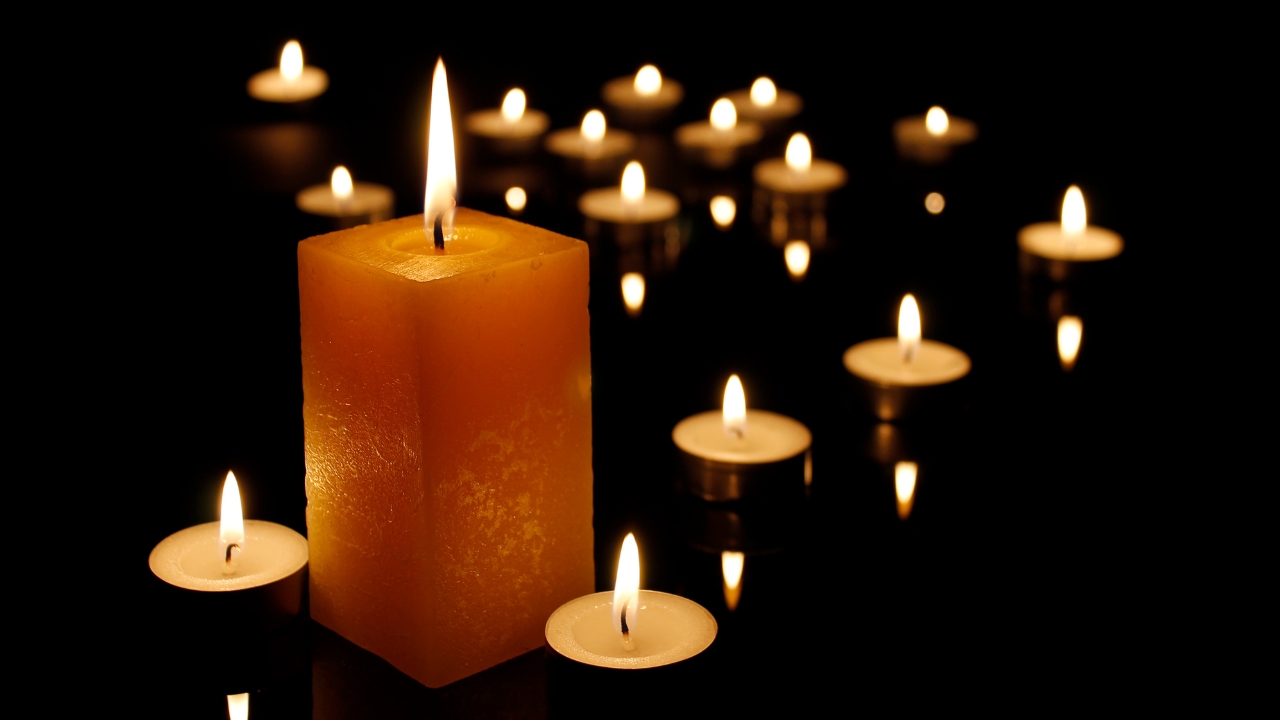
Now, let’s take a look at candlelight in different eras. This will give you an idea about the changes over time.
Medieval Candle Making
During the medieval period, candlemakers started adding scents to their candles to cover the strong smell of grease. They mixed fragrant flowers and herbs into the melted fat to make the candles smell better. This change made candles not just helpful but also enjoyable to use.
Another option that came about was rushlight candles. These were made by coating dried rushes with animal fats, creating a flexible wick that acted as its fuel source. However, the real breakthrough was beeswax candles, taken straight from beehives and crafted by skilled artisans into candles. These candles burned brightly and steadily, illuminating the space they were placed in.
Renaissance Candle Making
During the Renaissance, candlemakers improved their skills and tried new materials. One significant development was using spermaceti, a waxy substance from sperm whale oil.
The good thing about spermaceti candles was that they burned brighter and produced less smoke than beeswax or tallow candles. This was a big step forward in candle technology.
Enlightenment Period Candle Making
In the Enlightenment, candles symbolize hope, elegance, and knowledge. Tapers, which are slender candles, were very popular.
Candles were often displayed on fancy candelabras and chandeliers made from precious metals. This was an excellent way to showcase their value and beauty.
Colonial Candle Making
As people explored and settled in new lands, they brought their candle-making skills. In the American colonies, settlers changed their methods to use local resources.
Bayberry wax, made from the berries of the bayberry shrub, became a sought-after material for candles in New England. However, making bayberry candles was time-consuming, so they were considered a luxury.
Industrial Revolution Candle Making
With the start of the Industrial Revolution, candle-making changed dramatically. Traditional methods were replaced by machines that allowed for mass production.
The discovery of paraffin wax transformed the candle industry. In comparison to other materials, paraffin wax was much cheaper. Not only that, but it also burned brightly, providing a popular alternative to older materials.
Candles In the Modern Era
There’s no denying that the candle industry has changed a lot in recent times. Both artists and customers now use new materials like soy wax to make candles. This has opened up more options for candle-making.
Additionally, candle designs have become much more stylish and creative. Today, you can find candles in sleek containers and unique shapes. Candles have turned into decorative pieces and are used to enhance home decor.
In the modern era, people see candles differently than before. They are more than just practical sources of light now. Instead, they are loved for their role in relaxation and self-care. Whether you want to create a cozy feeling at home or set the ambiance for a special event, candles have become essential to everyday life.
Final Words
By now, you should know the answer to “Was a bird carcass used as a candle in history?” People used the carcasses of storm petrels as candles because they had high-fat content in their bodies. This practice is an excellent example of human adaptability and resourcefulness. From candles made of animal fats to modern soy wax, candle-making has come a long way.
FAQs
What were ancient candles made of?
Ancient candles were made from tallow, animal fat, and beeswax.
What animal is used to make candles?
The most common animal product used to make candles is tallow, derived from cow or sheep fat.
Can you burn candles if you have birds?
Burning candles around birds can be dangerous, as birds have susceptible respiratory systems. The smoke, fumes, or chemicals some candles release can harm birds.
What were candles made of in the 18th century?
In the 18th century, candles were primarily made from tallow or beeswax. By the late 1700s, spermaceti, a wax derived from sperm whale oil, had become famous as it produced brighter, longer-lasting candles.
What did Vikings use to make candles?
The Vikings used candles made from animal fat and rushes dipped in fat or wax to make candles or lamps.
What are religious candles made of?
Religious candles are made from beeswax, especially in traditional Catholic or Orthodox settings. Some modern religious candles may also be made from paraffin wax, soy wax, or a blend.
Subscribe To Our Newsletter
Subscribe for your email and get 10% off your first order!
© 2023 Malac Import Export Pvt Ltd, All rights reserved.

